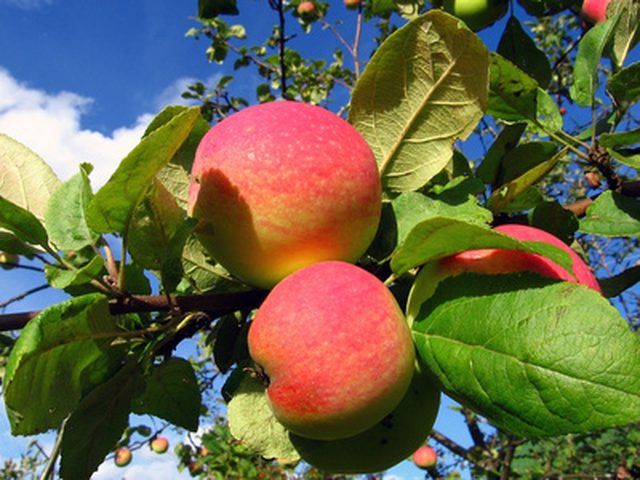Bulbs
Flower Basics
Flower Beds & Specialty Gardens
Flower Garden
Garden Furniture
Garden Gnomes
Garden Seeds
Garden Sheds
Garden Statues
Garden Tools & Supplies
Gardening Basics
Green & Organic
Groundcovers & Vines
Growing Annuals
Growing Basil
Growing Beans
Growing Berries
Growing Blueberries
Growing Cactus
Growing Corn
Growing Cotton
Growing Edibles
Growing Flowers
Growing Garlic
Growing Grapes
Growing Grass
Growing Herbs
Growing Jasmine
Growing Mint
Growing Mushrooms
Orchids
Growing Peanuts
Growing Perennials
Growing Plants
Growing Rosemary
Growing Roses
Growing Strawberries
Growing Sunflowers
Growing Thyme
Growing Tomatoes
Growing Tulips
Growing Vegetables
Herb Basics
Herb Garden
Indoor Growing
Landscaping Basics
Landscaping Patios
Landscaping Plants
Landscaping Shrubs
Landscaping Trees
Landscaping Walks & Pathways
Lawn Basics
Lawn Maintenance
Lawn Mowers
Lawn Ornaments
Lawn Planting
Lawn Tools
Outdoor Growing
Overall Landscape Planning
Pests, Weeds & Problems
Plant Basics
Rock Garden
Rose Garden
Shrubs
Soil
Specialty Gardens
Trees
Vegetable Garden
Yard Maintenance
How to Prune Columnar Apple Trees
How to Prune Columnar Apple Trees. Columnar apple trees, also known as colonnade apple trees, were bred to grow tall and narrow, unlike traditional apple trees, which spread their branches wide. In small yards or urban gardens the columnar apple tree is perfect because it takes up less room. These apple trees produce standard size fruit but on much...

Columnar apple trees, also known as colonnade apple trees, were bred to grow tall and narrow, unlike traditional apple trees, which spread their branches wide. In small yards or urban gardens the columnar apple tree is perfect because it takes up less room. These apple trees produce standard size fruit but on much shorter, horizontal branches than those of standard apple trees.
Things You'll Need
Columnar apple tree
Hand pruners
Cut or pick off any apples that form on the tree the first growing season. The tree needs time to adjust and to grow strong roots.
Cut off suckers growing from the base of the tree. A columnar apple tree is a grafted tree. This means the part of the tree that bears the apples is different from the root stock the columnar apple tree is grafted to. All suckers should be cut back to the trunk's surface. They rob the tree of nutrients and water.
Prune any dead wood in the winter when the tree is dormant. A dead branch has no flex and will be lighter in color than the other branches. Cut back to a main, healthy fork in the branch, or all the way to the trunk if the entire branch is dead.
Prune every horizontal branch to a 1-foot distance from the main trunk. This keeps the branch strong enough to carry the weight of the standard size apples.
Cut off any vertical suckers growing right above a healthy branch collar. This means suckers that are growing above the graft collar, which is down nearer the tree base.
Keep healthy side spurs growing off the horizontal branches. Completely prune smaller, non-bearing branches that take up space.
Thin out the number of apples on the branches when the fruit starts forming. Thin more fruit out at the top of the tree than on the lower branches. Lower branches are older and therefore stronger.
Tips & Warnings
Columnar apple trees can even be grown in containers on patios. Their average height is about 9 feet.
Spray or wipe the pruners periodically with rubbing alcohol to sterilize the metal. Pruning a tree is a form of surgery.
When pruning make clean, all-the-way-through cuts. Don't rip any portion of the pruned branch away from the trunk. This will make it difficult for the wound to heal and may invite disease.